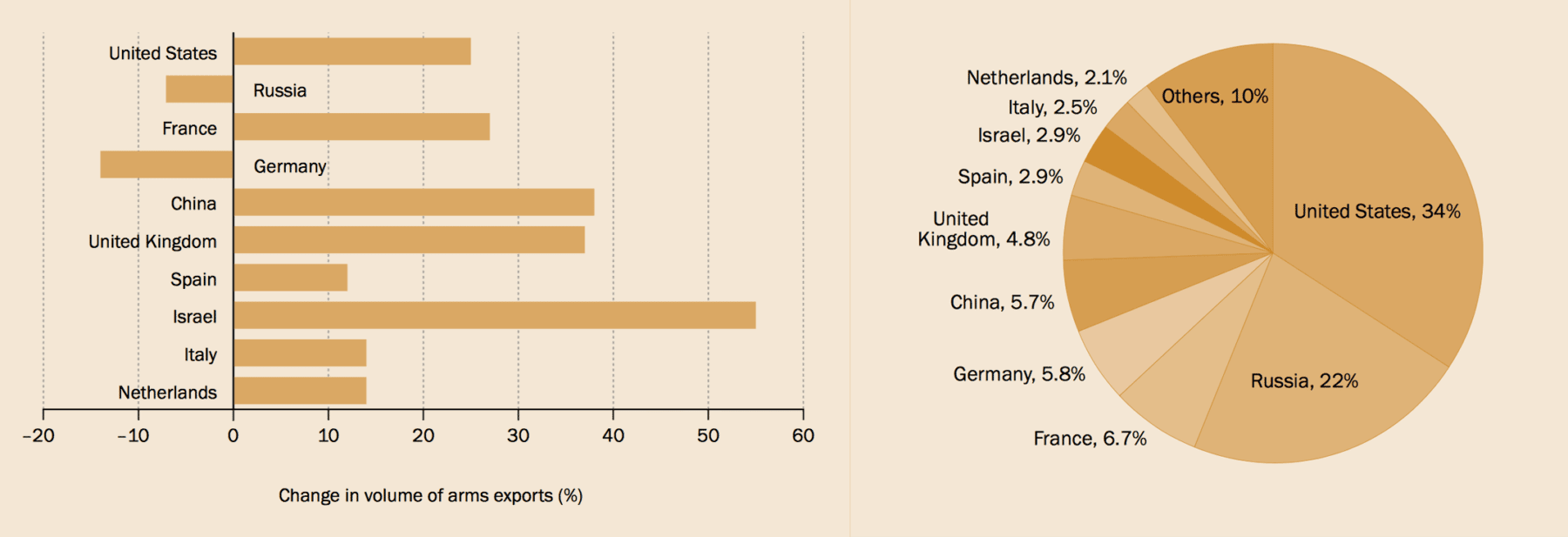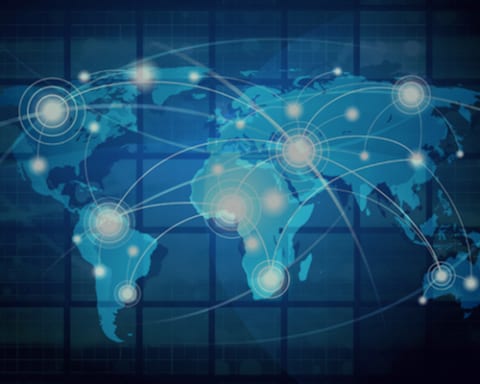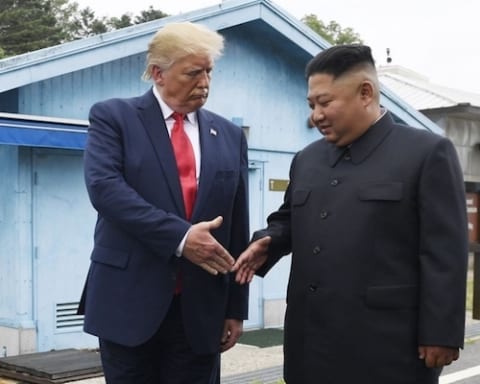China’s sale of weapons to Pakistan has continued to grow, and a strategic new friendship between the two poses challenges for the U.S.
China continues to make inroads into becoming an increasingly important regional powerplayer in Central Asia. In yet another symptom of the deepening relationship between China and Pakistan, the Trends in International Arms Transfer 2017 report has shown that China has outpaced the US in the sale of weapons to Pakistan.
Pakistan has long been intertwined with US-Western military aid and support efforts in the region. In part, this has been structured to attempt to avoid yet another Indo-Pakistan conflict that has the makings of going nuclear. In the aftermath of the September 11th, 2001, terrorist attacks on US civilian and military targets alike, Pakistan quickly emerged as a critical and principle Central Asian ally. In exchange for Pakistan’s allegiance to the Global War On Terror (GWOT) efforts, which at the time was focusing primarily on neighboring Afghanistan, the US increased its already considerable arms transfers and military aid.

Although Pakistan stood out early on as a close ally to the US in the GWOT, it did so not only out of a sense of obligation towards an ally, but also largely due to its own proximity to the enemy; not just in the immediate geographical sense, but also in ethnicity and culture. To make matters worse, Inter-Services Intelligence (ISI), the premier Pakistani intelligence agency, had a long and symbiotic relationship with the Taliban.
As the US invaded neighboring Afghanistan in its quest to exact vengeance on Osama bin Laden, Pakistan supported the US. As the war in Afghanistan, and the GWOT efforts at large, continue to grind on, friction between the two parties became increasingly clear. Ultimately, the US-Pakistan alliance never became a satisfying relationship for either party. Pakistan’s doubtful affiliation with the enemies of the US, and its questionable acts against other US allies, coupled with a perception of the US as an imperial anti-Islamic force, meant that neither party could truly adhere to the other.
But the sale of arms largely continued. However, the trend in the sale of arms is mirrored by the deterioration of relations between the U.S. and Pakistan, with a particular turning point coming in 2011. In May 2011, the United States killed Osama bin Laden without consulting Pakistani authorities for a strike within their borders. NATO followed by launching an attack on a Pakistani border checkpoint in November 2011, killing 30 Pakistanis.

Pakistan has long played on the notion of a paradigm shift towards China and Russia as a reason for the US to continue to support it. In the aftermath of the events in 2011, even this was no longer enough for the US to blindly support Pakistan. The latest report by Stockholm International Peace Research Institute (SIPRI) supports this notion. SIPRI has documented a 76% drop in US arms sales to Pakistan over the last 5 years.
Having been at war for nearly two decades the US may have learned a few lessons, one being that there is little reason to expect that armament sales to countries like Saudi Arabia, Qatar or Pakistan will reduce the threat of worldwide terrorism— much less anti-American inspired acts of terrorism. To reduce that threat, the US has learned, requires investment in diverse and progressing societies.
Instead, China has quickly stepped up and become Pakistan’s newest favorite arms provider. Pakistan has quickly become an ever growing market for Chinese weapons, accounting for 35% of Chinese arms exports. By 2017, China has accounted for 70% of Pakistan’s arms imports.
Led by Chinese President Xi Jinping, Beijing has had an increasingly beneficial strategic role in Pakistan and is aggressively pursuing all options. Pakistan undoubtedly is aware that China is more than willing to put up with its domestic problems, some of which the US will not support, such as deteriorating human rights, a stagnating military leadership, and a society that is at best regressive in an ever changing world.
[Title Image: The low-cost combat aircraft JF-17 Thunder is designed in China and assembled in Pakistan. By 2020, it expected to replace Pakistan’s older fleet of Dassault Mirage III/5 fighter jets. Photo by Daily Pakistan]
John Sjoholm, Lima Charlie News
John Sjoholm is Lima Charlie’s Middle East Bureau Chief, managing editor, and founder of the consulting firm Erudite Group. A seasoned expert on Middle East and North Africa matters, he has a background in security contracting and has served as a geopolitical advisor to regional leaders. He was educated in religion and languages in Sana’a, Yemen, and Cairo, Egypt, and has lived in the region since 2005, contributing to numerous Western-supported stabilisation projects. He currently resides in Jordan. Follow John on Twitter @JohnSjoholmLC
Global news, featuring insight & analysis by military veterans, intelligence professionals and foreign policy experts Worldwide.
For up-to-date news, please follow us on twitter at @LimaCharlieNews
In case you missed it:

![Image China continues to make inroads into Pakistan [Lima Charlie News][Photo: Daily Pakistan]](https://limacharlienews.com/wp-content/uploads/2018/03/x-1024x768-1.jpeg)


![image Resistance mounts against China's President Xi Jinping [Lima Charlie News][Photo: Johannes Eisele / AFP]](https://limacharlienews.com/wp-content/uploads/2018/08/Resistance-mounts-against-Chinas-President-Xi-Jinping-480x384.jpg)
![Image Little choice for Russia and China but to link up [Lima Charlie News]](https://limacharlienews.com/wp-content/uploads/2018/09/headlineImage.adapt_.1460.high_.russia_china_opinion_052114.1400674740238-480x384.jpg)
![Image Welcome to Jordan! A Den of Spies and Fajitas for Dinner [Lima Charlie News]](https://limacharlienews.com/wp-content/uploads/2018/09/Welcome-to-Jordan-A-Den-of-Spies-and-Fajitas-for-Dinner-480x384.png)


![Blossoming Russo-Turkish alliance leaves U.S., NATO behind [Lima Charlie News]](https://limacharlienews.com/wp-content/uploads/2019/07/Russia-Turkey-alliance-leaves-U.S.-NATO-behind-480x384.png)


![image Resistance mounts against China's President Xi Jinping [Lima Charlie News][Photo: Johannes Eisele / AFP]](https://limacharlienews.com/wp-content/uploads/2018/08/Resistance-mounts-against-Chinas-President-Xi-Jinping-150x100.jpg)
![Image Little choice for Russia and China but to link up [Lima Charlie News]](https://limacharlienews.com/wp-content/uploads/2018/09/headlineImage.adapt_.1460.high_.russia_china_opinion_052114.1400674740238-150x100.jpg)